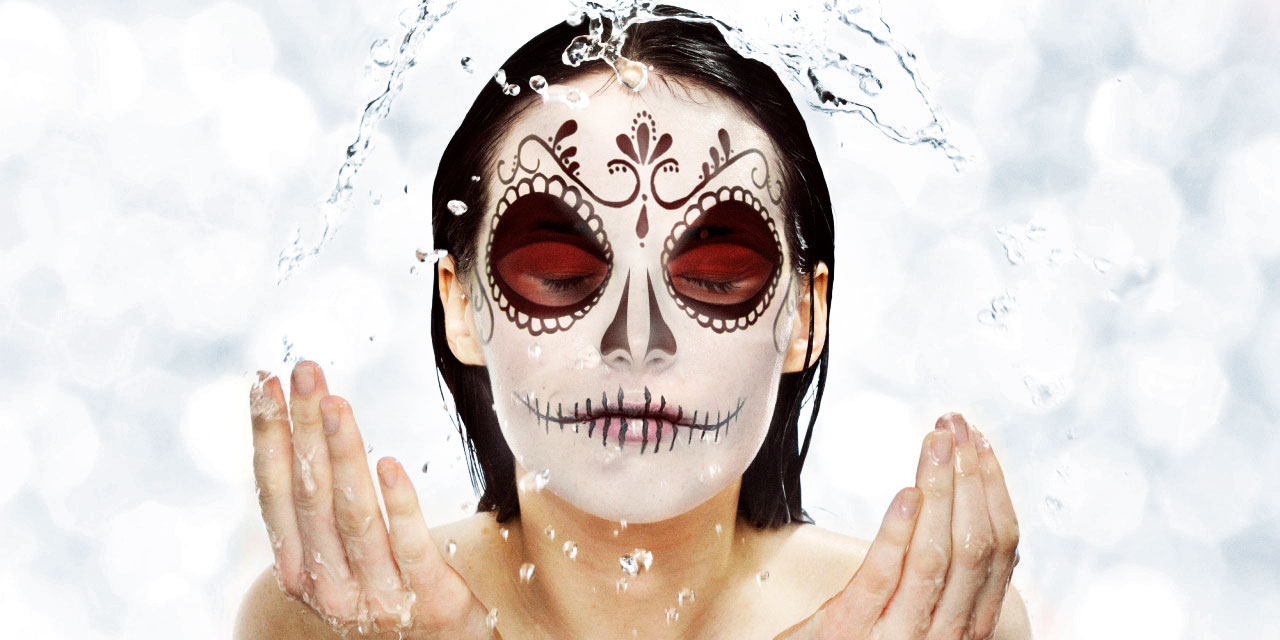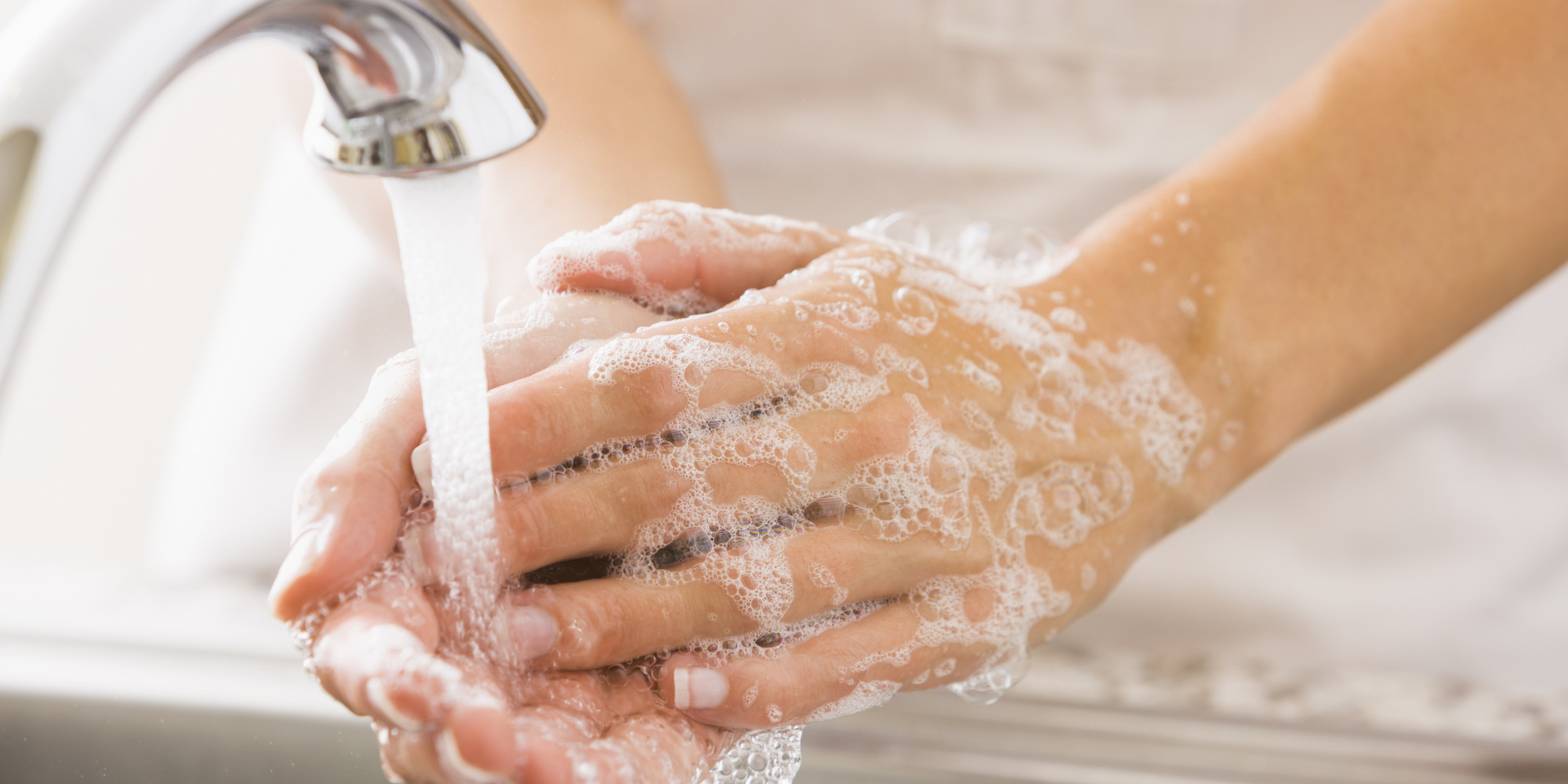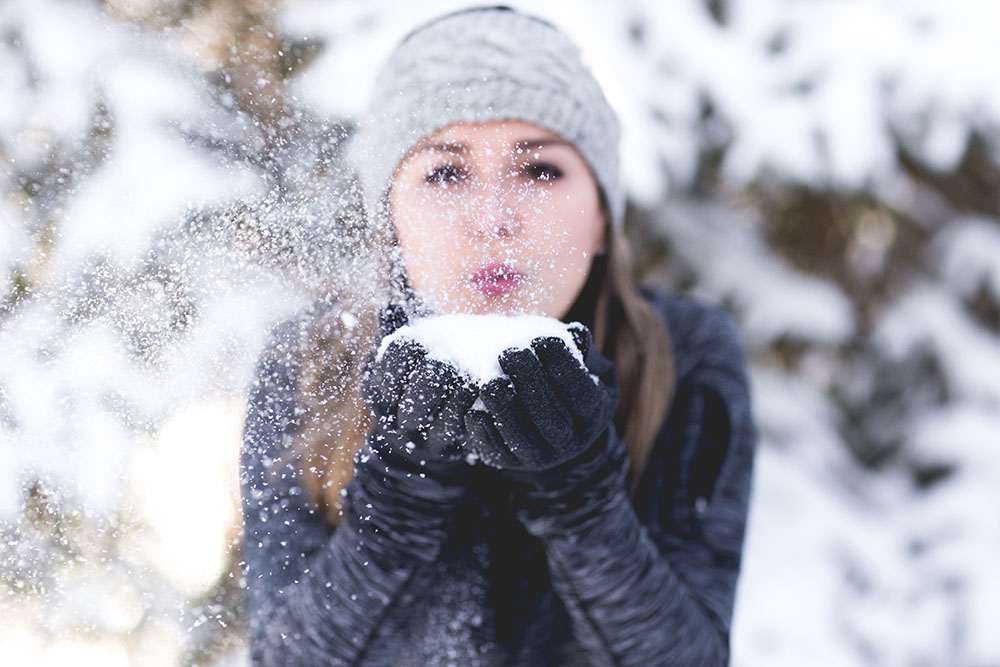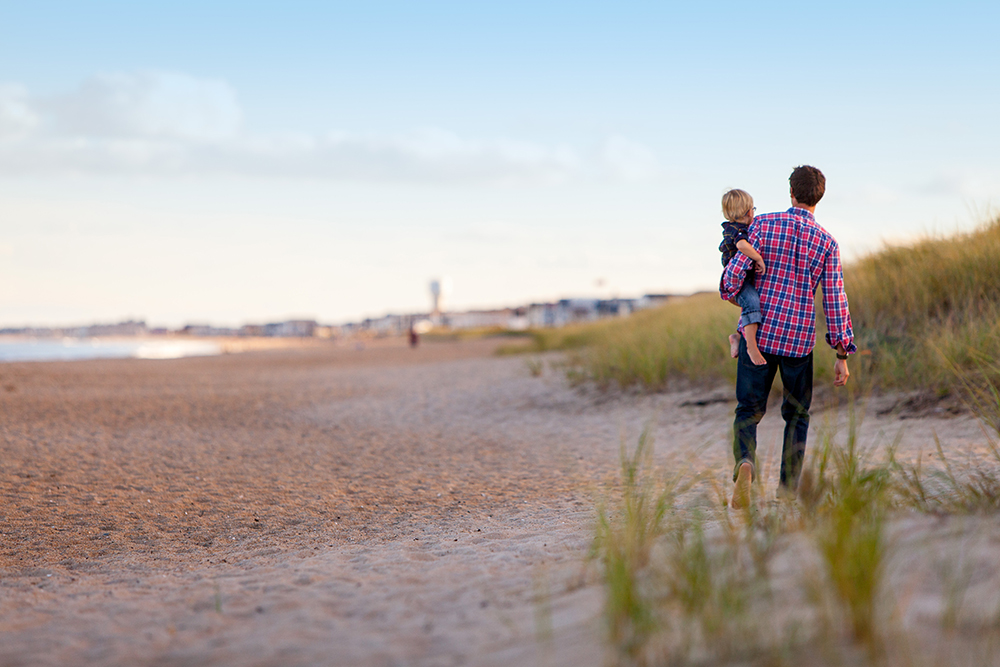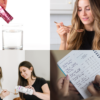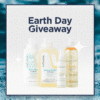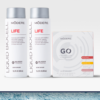Just because household cleaning products are on the shelves at the store, it doesn’t mean that they’re safe. In fact, many of the popular home cleaning options out there are formulated with at least one of these 7 toxins.
Learn about why they’re dangerous and how to replace them with safer, efficacious products for the whole family.
- Triclosan/Hydrated Silica:
Triclosan is a popular ingredient in dishwasher soap formulas, but has lately been making headlines because of the recent FDA ruling – and for good reason. As an aggressive antibacterial agent and possible carcinogen, it can damage skin and lead to microbial resistance.(1) Use detergents like Modere’s Dishwasher Packs ($14.99) that are made with naturally-derived ingredients (such as hydrated silica) instead.
- SLS (Sodium Lauryl Sulfate)/Alkyl Polyglucoside:
A common ingredient found in detergents and shampoos, SLS is usually used to boost a product’s cleansing power and create the foamy suds that people (mistakenly) equate with effectiveness. But SLS can irritate eyes and skin, and is also hazardous to aquatic life.(2) Skip the SLS and look for alkyl polyglucoside in products like Laundry Packs by Modere ($13.49) if you love that suds-ing effect. It’s derived from corn sugars, coconut or palm oil so it doesn’t irritate skin, making it a much safer ingredient choice.
- Sodium Dodecylbenzene Sulfonate/Coco Methyl Ester Sulfonate:
Sodium dodecylbenzene sulfonate (wow, try saying that three times fast) is a petroleum-based, surfactant-cleansing ingredient that’s frequently used as an anti-caking agent in all-purpose cleaning products. It is severely irritating to skin and has been shown to contribute to long-term health problems with continued exposure.(3) Ditch products with this dangerous chemical and go for coconut oil-derived coco methyl ester sulfonate, which isn’t irritating to skin.
- Phosphates/Sodium Citrate:
Phosphates can be found in things like fabric softener and have been proven to speed up algae growth at a rate that’s faster than ecosystems can handle. This decreases the amount of available oxygen in the process, which aquatic life needs to survive.(4) Algal blooms – large growths of algae – can eliminate oxygen in the water, leading to illnesses in fish and often death. Some algal blooms are also harmful to humans because they produce elevated toxins and bacterial growth. People may fall ill if they come into contact with polluted water, consume tainted fish or drink contaminated water. Avoid phosphates and replace them with corn sugar-derived sodium citrate.
- EDTA (ethylenediaminetetraacetic acid)/Sodium Gluconate:
EDTA is a chelating agent that’s used to decrease the reactivity of metal ions that may be present in a product. It’s widely used in all kinds of household and industrial applications, but the biggest issue with EDTA is that it’s not easily biodegradable.(5) Plant sugar-derived sodium gluconate, on the other hand, is highly biodegradable without irritating skin.
- Ammonia/Sodium Carbonate:
Ammonia is frequently found in all-purpose cleaning products, but is responsible for more poisoning due to household cleaning than any other chemical.(6) It irritates the eyes and nervous system, and has even been linked to cancer. Look for products with sodium carbonate (or washing soda) to safely cut through greasiness instead. It’s also a good idea to check out non-toxic surface cleaners like Multi-Purpose Cleansing Wipes by Modere.
- Chlorine Bleach/Sodium Percarbonate:
One of the most corrosive chemicals (7) people use to clean their homes is chlorine bleach, which is usually purchased on it’s own as a disinfectant and stain remover. It irks skin and eyes and can even be deadly. Replace it with sodium percarbonate, which is derived from an abundant mineral source and disperses safely into the environment.
- 5 Things to Know About Tricolsan. FDA.
- Eisenbraun, Karen. Dangers of Sodium Lauryl Sulfate. Livestrong.
- Hazardous Substance Fact Sheet. New Jersey Department of Health and Senior Services.
- Effect of Nitrate and Phosphate Levels on the Growth of Algae. American Society for Microbiology.
- Rodriguez, Jaime, et al. EDTA: the Chelating Agent Under Environmental Scrutiny. Sci Flo Brazil.
- Nontoxic Alternatives to Common Products. Appropedia.
- Denicola, Mark. Why We All Need to Stop Cleaning with Bleach. Collective Evolution.

